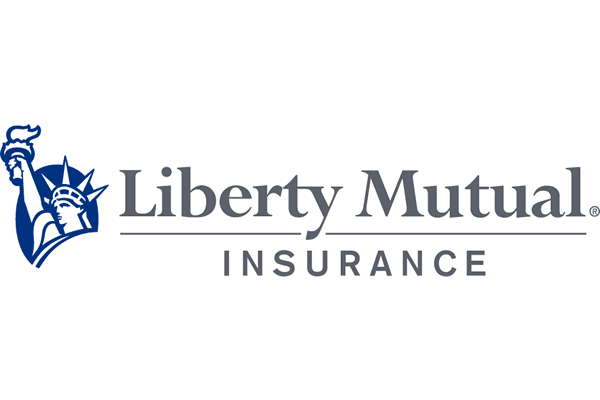Mastering Business Stability: A Guide to Effective Risk Management Practices and Insurance

In the ever-evolving world of entrepreneurship, navigating risks is an integral part of the journey. In this article, we’ll explore the symbiotic relationship between risk management practices and business insurance, unlocking the key strategies to fortify your business against uncertainties. Let’s dive into the art of mastering stability!
Understanding Risk Management
Risk management involves identifying, assessing, and mitigating potential risks that could impact your business. It’s not about eliminating risks but rather about making informed decisions to minimize their impact and seize growth opportunities.
The Role of Business Insurance
Business insurance acts as a safety net, providing financial protection against unforeseen events. However, an effective risk management strategy goes hand in hand with insurance to create a robust shield for your business.
Key Risk Management Practices
1- Risk Identification:
Begin by identifying potential risks specific to your industry, operations, and external factors. This could range from natural disasters to supply chain disruptions or cyber threats.
2- Risk Assessment:
Once identified, assess the severity and likelihood of each risk. This step helps prioritize and focus efforts on areas that pose the greatest threat to your business.
3- Mitigation Strategies:
Develop and implement proactive strategies to mitigate identified risks. This might involve implementing safety protocols, cybersecurity measures, or diversifying suppliers to reduce dependency.
4- Insurance Alignment:
Tailor your insurance coverage to align with identified risks. Whether it’s general liability, property, cyber, or business interruption insurance, ensure your policies adequately address potential vulnerabilities.
Real-world Scenarios:
Let’s delve into a couple of scenarios to illustrate the importance of risk management and insurance:
- Scenario 1: Natural Disaster
- A hurricane damages your business premises. Effective risk management would involve having property insurance in place, while proactive measures like securing the property and having an evacuation plan could further minimize the impact.
- Scenario 2: Cybersecurity Breach
- Your business falls victim to a cyberattack. A comprehensive risk management approach would include cybersecurity measures, employee training, and cyber insurance to cover financial losses and data breaches.
Continuous Improvement…
The business landscape is dynamic, and so is risk. Regularly review and update your risk management strategies and insurance coverage. Stay agile and adaptable to emerging threats and opportunities.
By integrating robust risk management practices with tailored business insurance coverage, you’re not just protecting your business – you’re positioning it for sustainable growth. As you embark on this journey of mastering stability, remember that proactive risk management is the compass guiding your business through uncertain waters.
We hope you found this article useful! Remember, you can contact us in case you need help.
Embrace the advantage
Be the first to receive exclusive news, tips, and discounts straight to your inbox. Don't worry, we don't spam.
Get Started Today!














